Article Originally written by
Alwaystheholidays
August 5 is National Oyster Day. It’s a perfect day to celebrate the many ways to eat oysters, and answer the most frequently asked questions about them!
Are you an oyster lover? Today is the day for you!
Keep reading to learn how to celebrate National Oyster Day, fun facts about oysters, the answer to whether you will find a pearl in the next oyster you eat, and more!
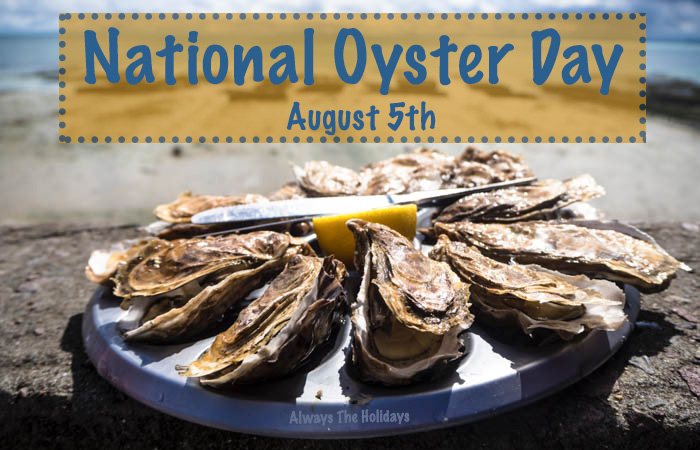
What is National Oyster Day?
National Oyster day is a day dedicated to celebrating oysters! It is celebrated annually on August 5th.
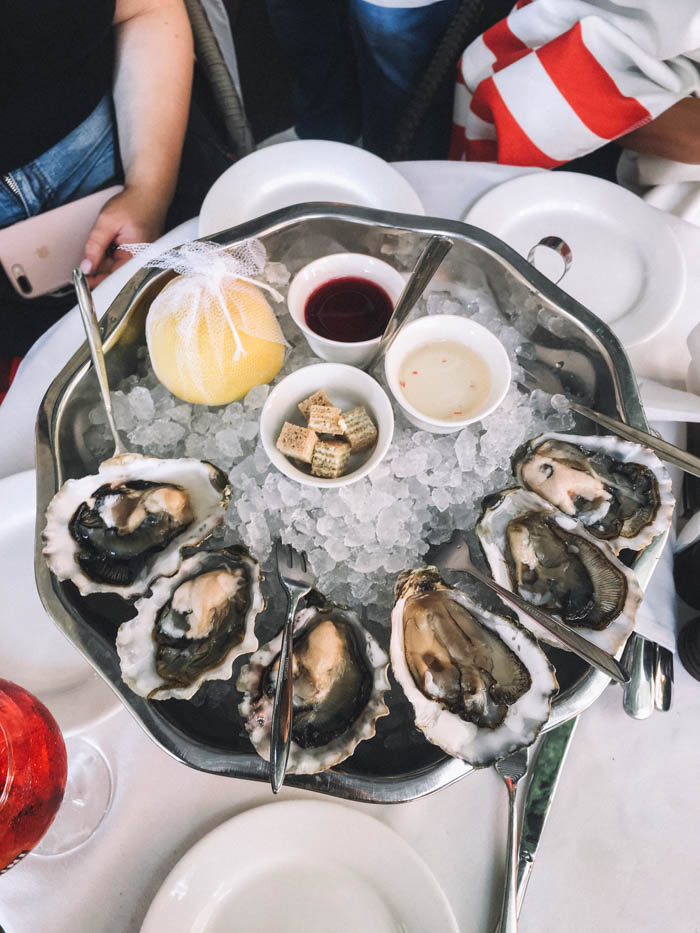
I find that people either love or hate oysters – rarely do they feel ambivalent about them. Not sure where you stand on the oyster debate? Today is the perfect day to figure it out!
What is an oyster?
An oyster is a bivalve mollusk. Sound complicated? Don’t worry, it’s not! Let’s break down the terms a little bit.
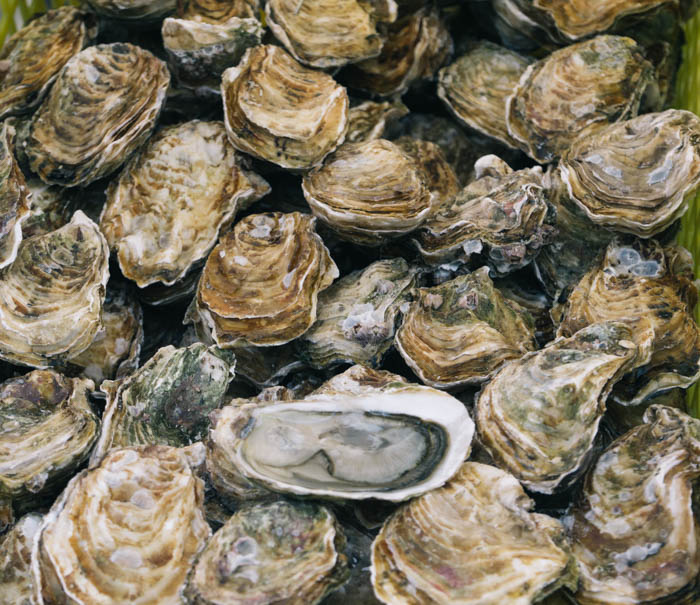
Mollusks are a classification of invertebrate animals, or animals that grow without vertebral structures (aka backbones/spines). There are seven different classes of mollusks, and oysters belong to the bivalve class.
Bivalve mollusks are a type of mollusk that have a hinged two-part shell. The mollusks live inside of that bivalve shell. Other examples of bivalve mollusks are clams, scallops, mussels.
How to eat oysters
There are many different ways to eat oysters. Since it is National Oyster Day, I suggest trying a few of them! You’ve probably seen raw oysters before, and maybe even tried them.
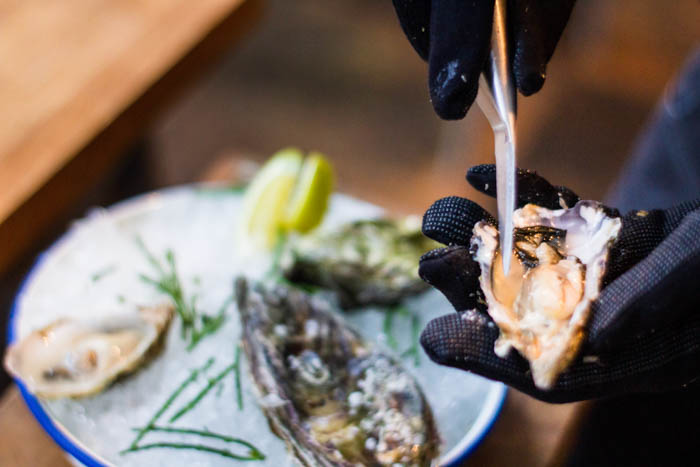
When served raw, oysters are normally accompanied by lemon wedges, hot sauce, and/or a mignonette sauce (usually consisting of vinegar, shallots and cracked pepper).
If you don’t like raw oysters, don’t discount oysters in general. There’s so many ways to eat oysters, and they all taste different. Oysters can also be fried, boiled, smoked, baked, steamed, roasted, broiled, and pickled.
Though often eaten by themselves, oysters are a lovely addition to chowders, stews and soups!
Are oysters alive when eaten?
It’s possible this is first time you’ve ever wondered “are oysters alive when eaten?”. The answer is yes, they are! Oysters are intended to be eaten alive when raw, or cooked alive.
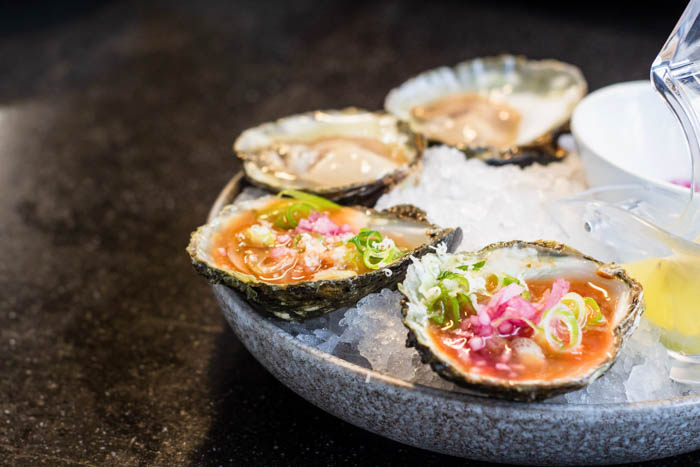
This keeps the oysters fresh, and reduces the risk for food borne illnesses. It also ensures that the oysters have the freshest taste. The closer any seafood is eaten to when it’s killed, the better.
When oysters are removed from the ocean, they’re still alive. They actually don’t die until they are shucked, or when the oyster is separated from the shell.
Since oysters don’t die immediately when removed from the water, it allows time for the oysters to travel to your grocery store, or a nearby restaurant to be served.
If you see oysters in a store, fish market, or restaurant, you’ll see them on ice. Storing oysters on ice is the best way to keep them fresh as they prefer to be kept cold.
Oyster pearls – is there a pearl in my oyster?
Not all types of oysters produce pearls. The kind of oysters we eat fall are in the species Ostreidae, and the kind of oysters that produce pearls are in the species Pteriida (which we do not eat).
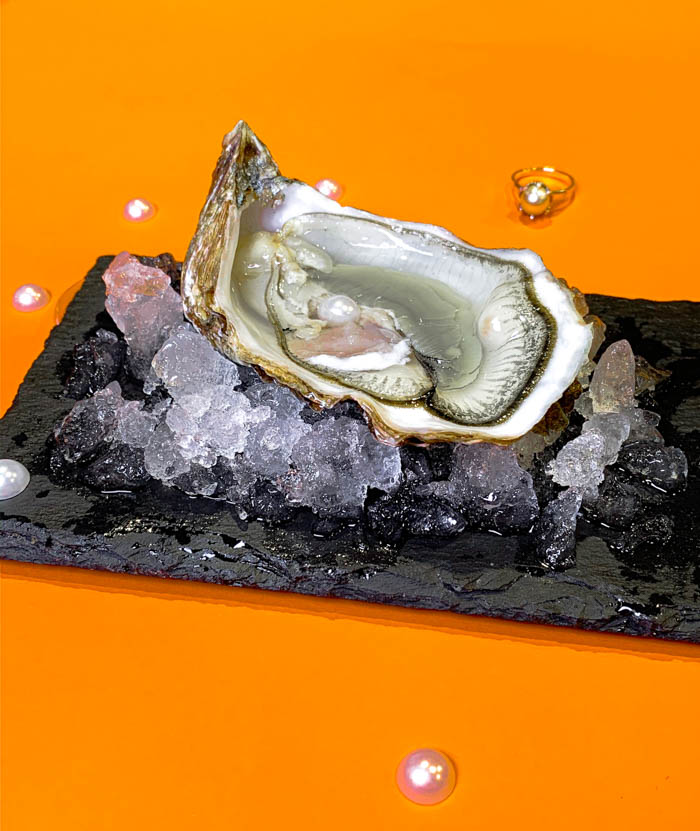
So if you’re waiting to find a pearl in your oyster at dinner, you’ll be waiting for a long time!
There are two types of pearls produced by oysters: natural pearls and cultured pearls.
Natural pearls are produced when an irritant finds its way into an oyster. As a defense mechanism, the oyster secretes a layer of nacre to encase the irritant. Layer upon layer of nacre encases the irritant and eventually makes a pearl.
Another name for nacre is mother of pearl. It is a beautiful iridescent material often used in jewelry.
Cultured pearls are essentially made in the same way as natural pearls, but instead of the layers of nacre naturally forming over an irritant that has naturally worked its way inside the shell, the layers form over a small shell or bead that has been manually implanted into the oyster.
Both are beautiful, and both will not be found on your table at a restaurant, though it’s fun to hope!
Fun facts about oysters
Refresh your oyster knowledge and learn more about them with these fun facts.
- Adult oysters can filter up to 50 gallons of water a day. What a wonderful addition to the sea! A true champion of the environment.
- Oysters are frequently eaten during Mardi Gras, because they’re in season in New Orleans between September and April.
- Oysters were a huge part of New York’s history in the 1800s. Before pizza, bagels, and hot dogs were synonymous with New York, it was the oyster! It was estimated that New York Harbor held half of the world’s oyster population until over-harvesting and pollution diminished it.
- Winter is the best time of year to eat oysters. You may find that surprising, but it makes a lot of sense. Oysters need to be cold to be kept fresh, and winter temperatures are perfect for that! Winter weather helps the oysters stay cool during transportation.
- The flavor of oysters are influenced by their habitats. For example, a west coast oyster will taste much different than an east coast oyster, because they’re exposed to different soil and water conditions.
- You may see people turn over oyster shells once they’ve been eaten at a restaurant. The reason people do this is to alert the server that the oysters are finished, so they can be removed from the table.
- There are oyster shell recycling programs that have been adopted by multiple states to try and rebuild the oyster reefs.
- The proper name for the liquid in an oyster is “oyster liquor”.
- Oysters are alive when eaten raw, or cooked alive. This not only ensures the freshest taste, but also keeps the risk for food borne illnesses lower.
- The species of oyster we eat are not the same species that produce pearls.
- There are two types of pearls produced by oysters, natural pearls and cultured pearls.
How to observe National Oyster Day
There are lots of obvious ways to celebrate National Oyster Day. Here are a few other creative ideas to help honor this day.
- Invite your friends over for an oyster roast!
- Try raw oysters – many restaurants offer raw oysters as an appetizer course, and some even offer an oyster happy hour! Check out restaurants around you to see what their oyster specials are.
- Stop looking for the pearl inside the the oyster, and treat yourself to a piece of pearl jewelry!
- Take a trip to one of the 21 best oyster bars in America, as rated by Thrillist.
- Watch a documentary about oyster harvesting.
- Do the word search puzzle for August to see if you can find Oyster Day in it.
- Use the hashtag #NationalOysterDay to spread the word about the day on social media.
Recipes to celebrate National Oyster Day
So, you’ve read all about oysters, and now you’re ready to cook them at home. Check out these links below to find the perfect oyster recipe for you!
- Want to try raw oysters at home? Check out this 60 second video tutorial for shucking oysters.
- Not a fan of raw oysters? Try these yummy fried oysters!
- Want a classic oyster recipe? Try this Oysters Rockefeller recipe.
- Want to throw some oysters on the grill? Check out these grilled oysters with white wine butter sauce.
- Grilled oysters with chipotle bourbon butter? You had me at bourbon!
- Feeling adventurous? This recipe for oyster shooters is sure to liven up your evening.
- These chargrilled oysters look divine!
I hope you learned something new today, enjoy your weekend!
Laura Goguet